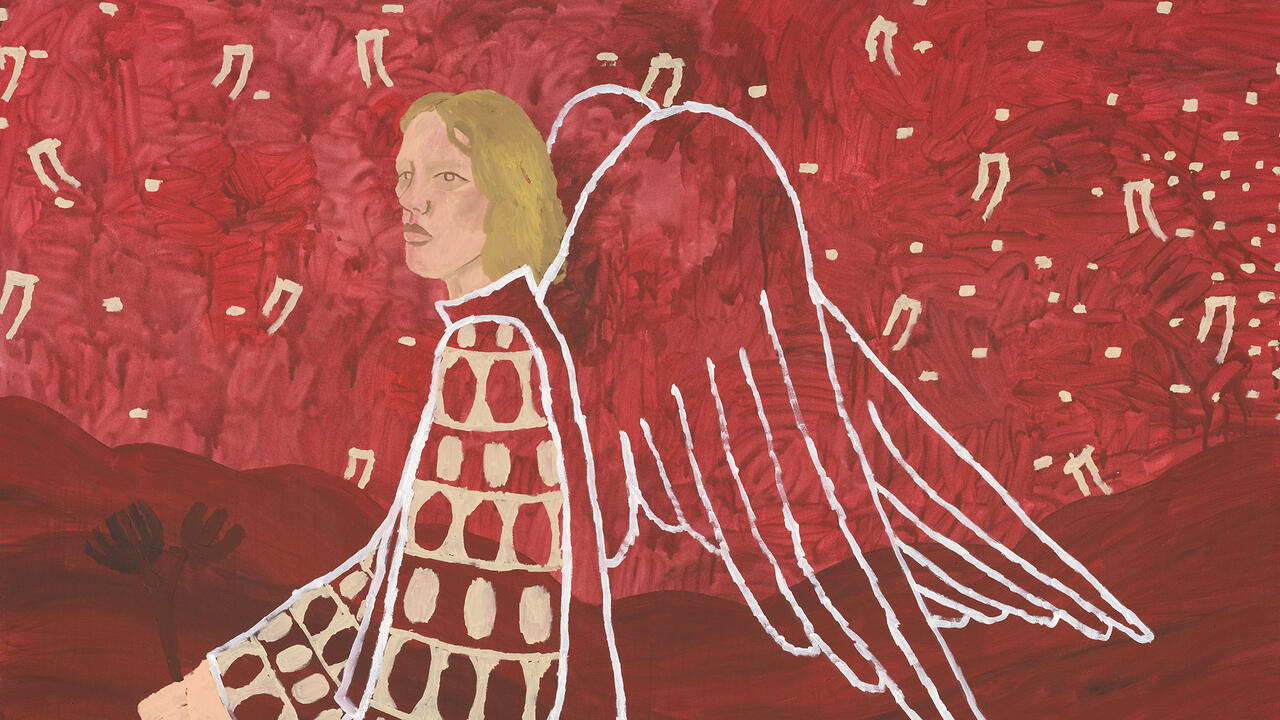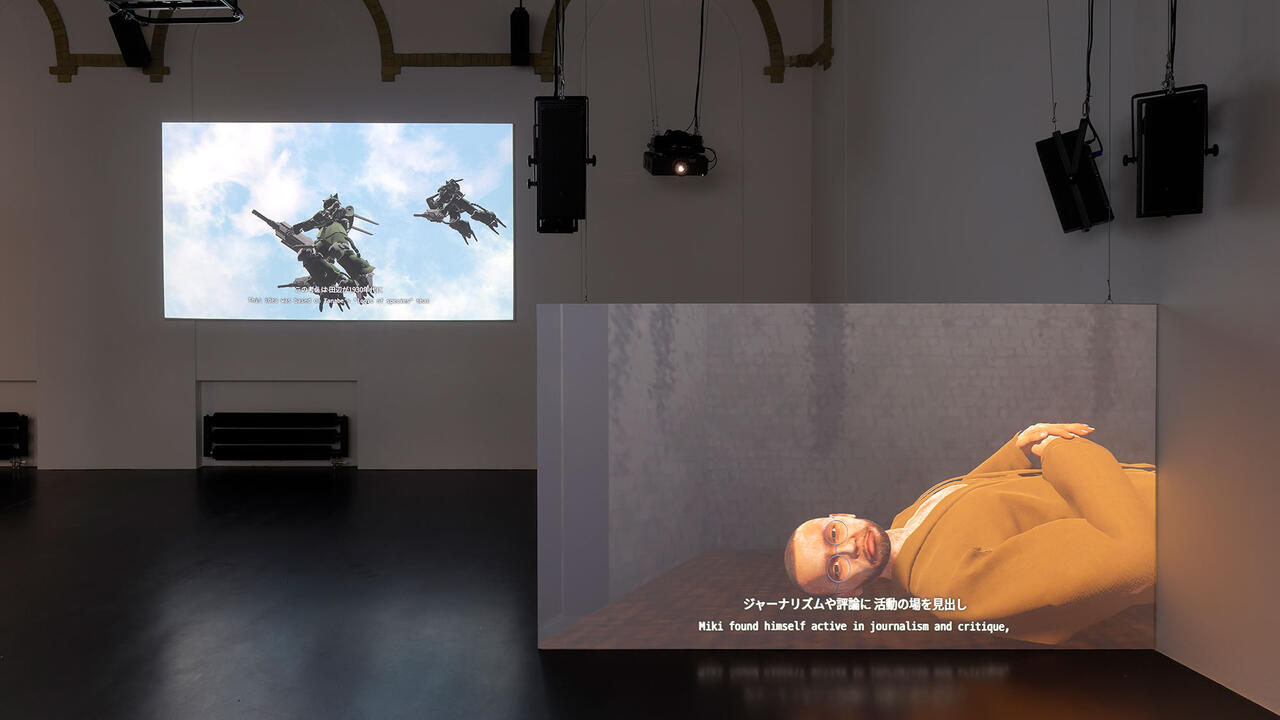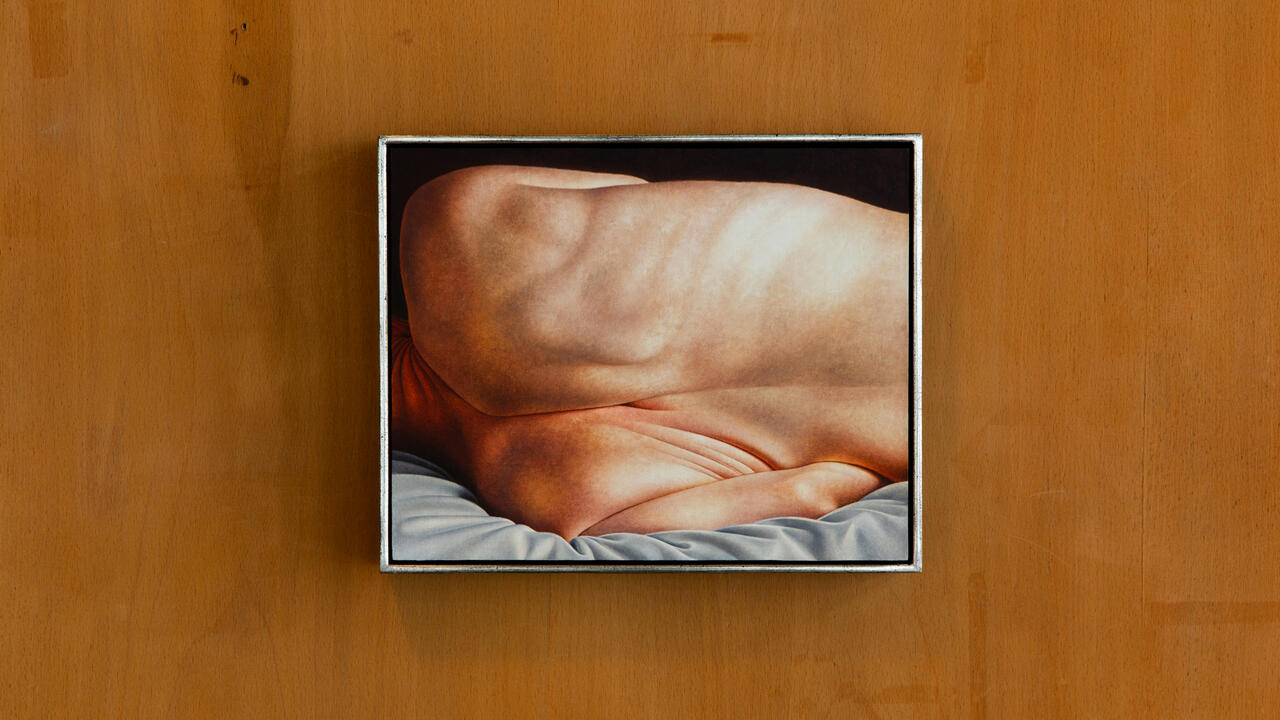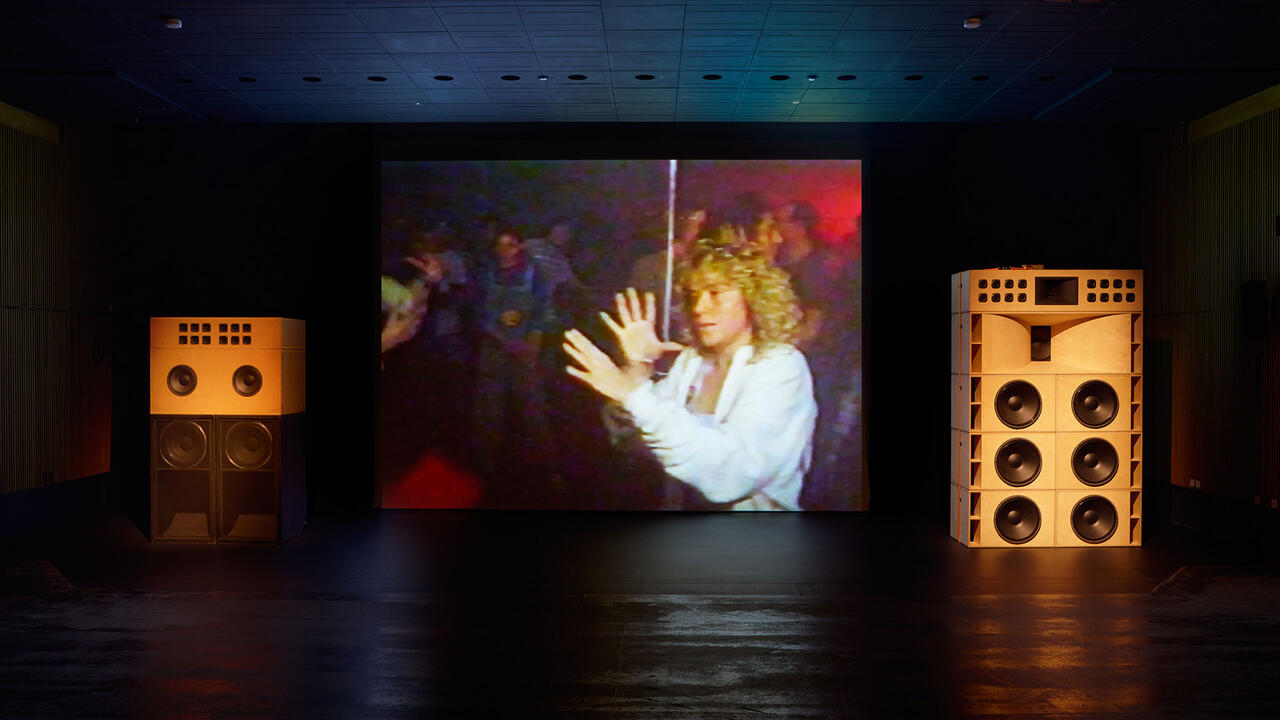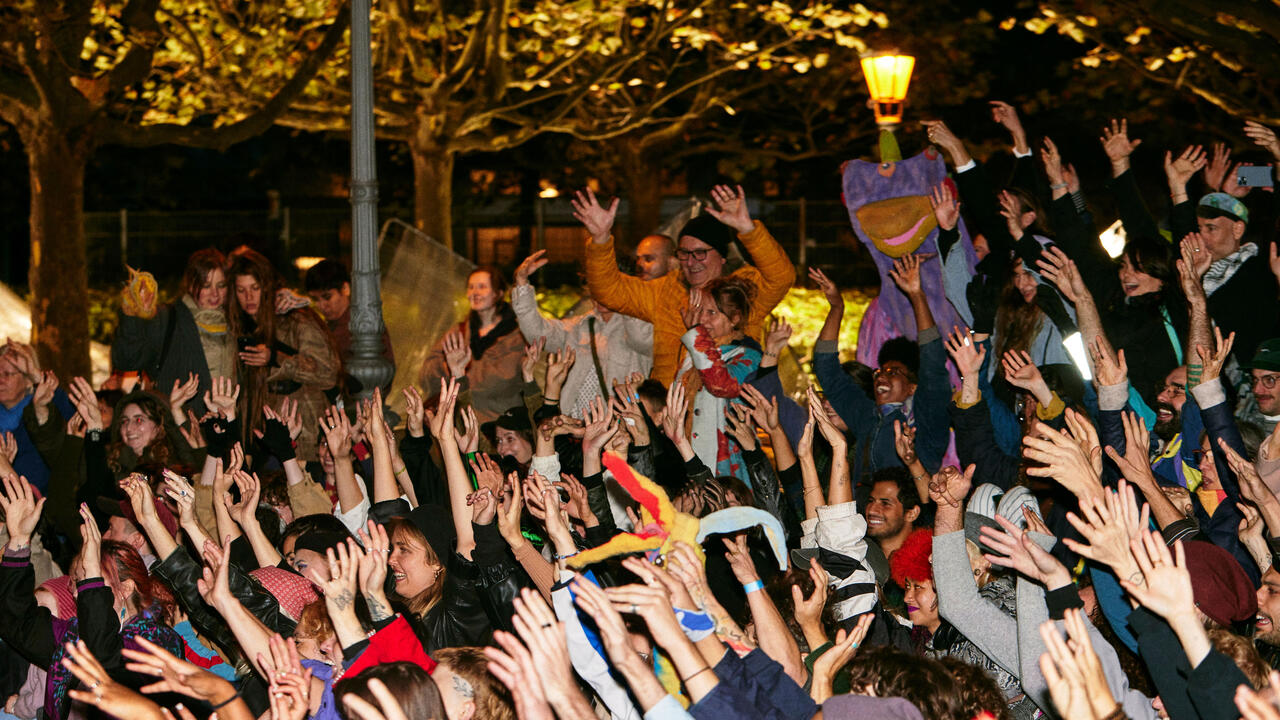In the Desert of Modernity
Haus der Kulturen der Welt, Berlin, Germany
Haus der Kulturen der Welt, Berlin, Germany

‘The desert is growing,’ wrote Friedrich Nietzsche, referring to a pervasive sense of scorched desolation at the end of the 19th century. The metaphor proved strangely fertile, later cropping-up in the writings of Kasimir Malevich, the films of Michelangelo Antonioni and in the life of Jean Baudrillard who spent much of the 1990s dressed in a gold lamé suit, endlessly criss-crossing the deserts of the American West. In the modern period, the desert hasn’t simply represented a landscape, but has come to stand for something more: a state of mind, a poetic construction, the pivotal territory of a whole pack of concerns.
The evocative title of ‘In the Desert of Modernity’ suggests that the show might have something to say on this theme, but its concerns are somewhat more literal. Dry in its approach to the point of aridity, the exhibition features only two art works – a pair of pretty bad paintings (by Le Corbusier and Chaibia Talal) – that revealingly set an Orientalist example. Aside from these, there are a number of documentary videos (two recent interviews and three old propaganda films), a loosely affiliated, internet side-project, and the de rigueur Haus der Kulturen der Welt event programme, complete with an international conference. The bulk of the show, though, is composed of architectural blueprints mounted on boards – the kinds of stands that might be used at a trade show – to present new research on the intersection between modernity and colonialism in the Mediterranean basin.
And, in fact, the desert in question here isn’t the metaphorical one of Modernism, but the physical desert of the North African Maghreb, which the exhibition argues served as an experimental laboratory and test site for a new concept of government – ‘housing for the greatest number’ – in the decade following World War II. As migrants from the countryside began swelling the cities in search of work, a series of sprawling spontaneous shantytowns, known as bidonvilles, began to spring up around the urban perimeters. Recognizing these areas as an incipient political threat, the French Colonial government looked to neutralize them by rationalizing their rough edges and imposing a more easily managed logic upon them. Under the supervision of Michel Écochard, the head of the French city planning authority, the Service de l’urbanisme, an ambitious programme of architectural intervention was devised, based on the functionalist–rationalist paradigms of Le Corbusier and the International Congress of Modern Architecture (CIAM).
The architects involved in carrying out the programme saw the thrust of their work in ethical terms. ‘To act quickly is [a] moral duty,’ claimed a presentation by the Groupe d’Architectes Modernes Marocains at the 1953 CIAM conference in Aix-en-Provence, which proposed swift urban actions against public health crises. Yet ultimately these architects were under military orders, performing operations seen by their masters as the pursuit of war by other means. ‘A new construction site is worth a battalion,’ noted Hubert Lyautey, Resident-General of French Morocco between 1912 and 1925, ‘a finished building a victory.’
This military ambition harboured a will of its own. In the newspaper produced to accompany the exhibition, the Dutch architect and architectural historian Tom Avermaete, one of the show’s curators, points out that the French colonial administration in Algeria was still planning modernist housing estates as late as 1961, less than one year before its own dissolution, ‘as if nothing could stop the dynamics of colonial modernisation’. Not only did the strategy fail on its own terms, but even after the final expulsion of the French from the Maghreb, the same urban programme was pursued with equally ambivalent results in the banlieues of Paris, Toulouse and other French cities. In a somewhat ironic twist, these modernist housing estates have largely inherited the sense of menace the French government once saw in the bidonvilles, to the extent that, during his time at the interior ministry, Nicolas Sarkozy called for them to be ‘karcherized’, or scrubbed clean.
Although not without flaws (in particular, a certain lack of rhetorical and theoretical clarity) ‘In the Desert of Modernity’ succeeds in throwing new light on the obscure relationship between colonialism and modernism. For whatever reason, the topic of modernism is today rather clouded-over by melancholic nostalgia and a sense of aesthetic privilege. Yet as enlightened as modernist planning may have seemed at the time, and as progressive as it may now seem in retrospect, military technocracy, the white man’s burden and a chauvinist sense of purpose – all anchored by the strict paternal genius of the master builder – were also inscribed in the rationalized grid.









